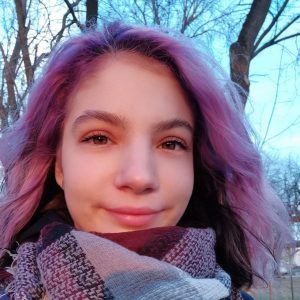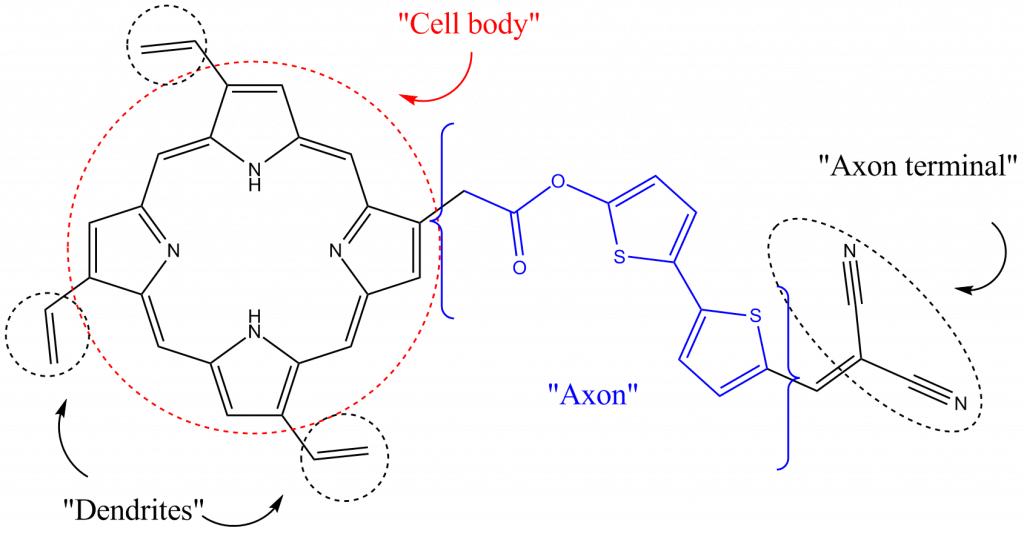Ph.D. Student, Department of Chemistry, Lobachevsky State University of Nizhny Novgorod
Position:
Junior Researcher of Molecular Modeling and Chemoinformatics Laboratory
Scientific interests:
- Structural, energy and electronic properties of organic semiconductors and biological molecules participating in the electron transfer process in nature;
- Molecular dynamics study of the structure of amorphous materials based on organic and biomimetic semiconductors;
- Charge transfer in organic materials, working on the principle of the nervous tissue of living organisms
Academic Education:
2016 – 2021 — Department of Chemistry, Lobachevsky State University of Nizhny Novgorod
Languages:
Russian (native), English (fluent)
Work Experience:
- 2021 – Present: Junior Researcher, the Laboratory of Molecular Modeling and Chemoinformatics, Lobachevsky State University of Nizhny Novgorod
Key Ideas:
It is a known fact that animals brain works by transferring information between great amount of neurons via electrochemical impulses. Here the question arises about the possibility of creating an artificial material in which charge transport between molecules would reproduce the signal transmission in the neural network and, therefore, would reproduce the behavior of the network of neurons at the molecular level. Such material, if it was considered as a computing system (artificial neural network, ANN), would allow achieving a high density of computational elements, their three-dimensional organization and high computational efficiency.
To function as an ANN, the molecules of such material (referred hereafter as a neuromorphic material) must have the following properties:
- high ability to intermolecular charge transfer;
- a certain function of the “summation” of signals from different sources;
- the ability to adapt the positions of intermolecular contacts to react to the most important signals.
Because the molecules involved in electron transfer processes are known in nature, we consider known organic and biomimetic semiconductors.
In order to study their ability to manifest neuromorphic properties we use quantum chemical and molecular dynamics methods. Molecules are considered in terms of “rigid fragments” and “conjugated segments”.
The idea of Local Molecular Orbitals is used.
Selected Publications:
- Loginova A. S., Savintseva L. A., Ignatov S. K. Structure and electronic excitation spectra of low-lying isomers of Aun clusters (n = 2–20). A DFT study. Comput. Theor. Chem. 1170. 2019. 112637. doi: 10.1016/j.comptc.2019.112637.

